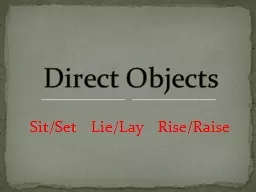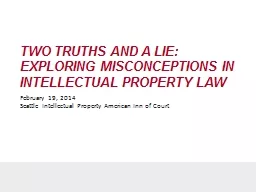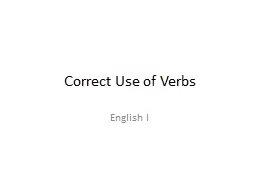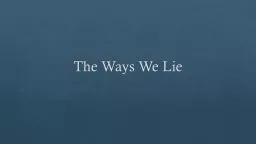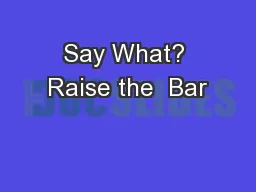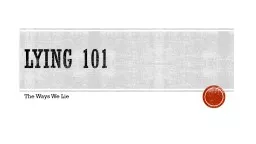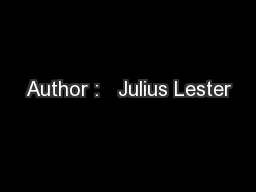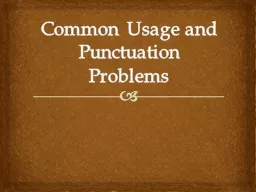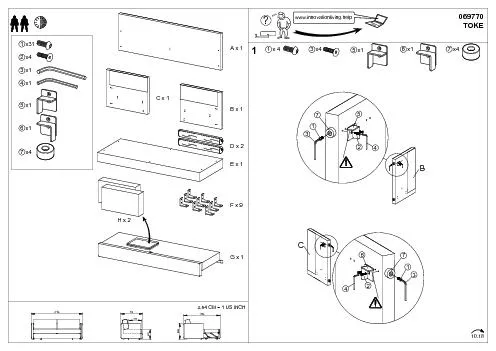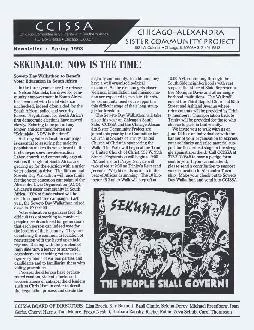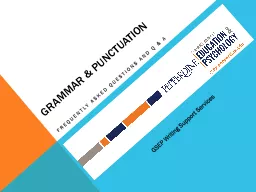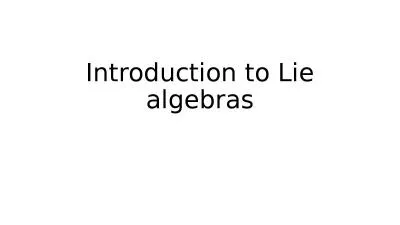PPT-Sit/Set Lie/Lay Rise/Raise
Author : calandra-battersby | Published Date : 2016-05-20
Direct Objects To sit means to rest To set means to place or to put Forms Infinitive Present Past Present Past Participle
Presentation Embed Code
Download Presentation
Download Presentation The PPT/PDF document "Sit/Set Lie/Lay Rise/Raise" is the property of its rightful owner. Permission is granted to download and print the materials on this website for personal, non-commercial use only, and to display it on your personal computer provided you do not modify the materials and that you retain all copyright notices contained in the materials. By downloading content from our website, you accept the terms of this agreement.
Sit/Set Lie/Lay Rise/Raise: Transcript
Download Rules Of Document
"Sit/Set Lie/Lay Rise/Raise"The content belongs to its owner. You may download and print it for personal use, without modification, and keep all copyright notices. By downloading, you agree to these terms.
Related Documents

